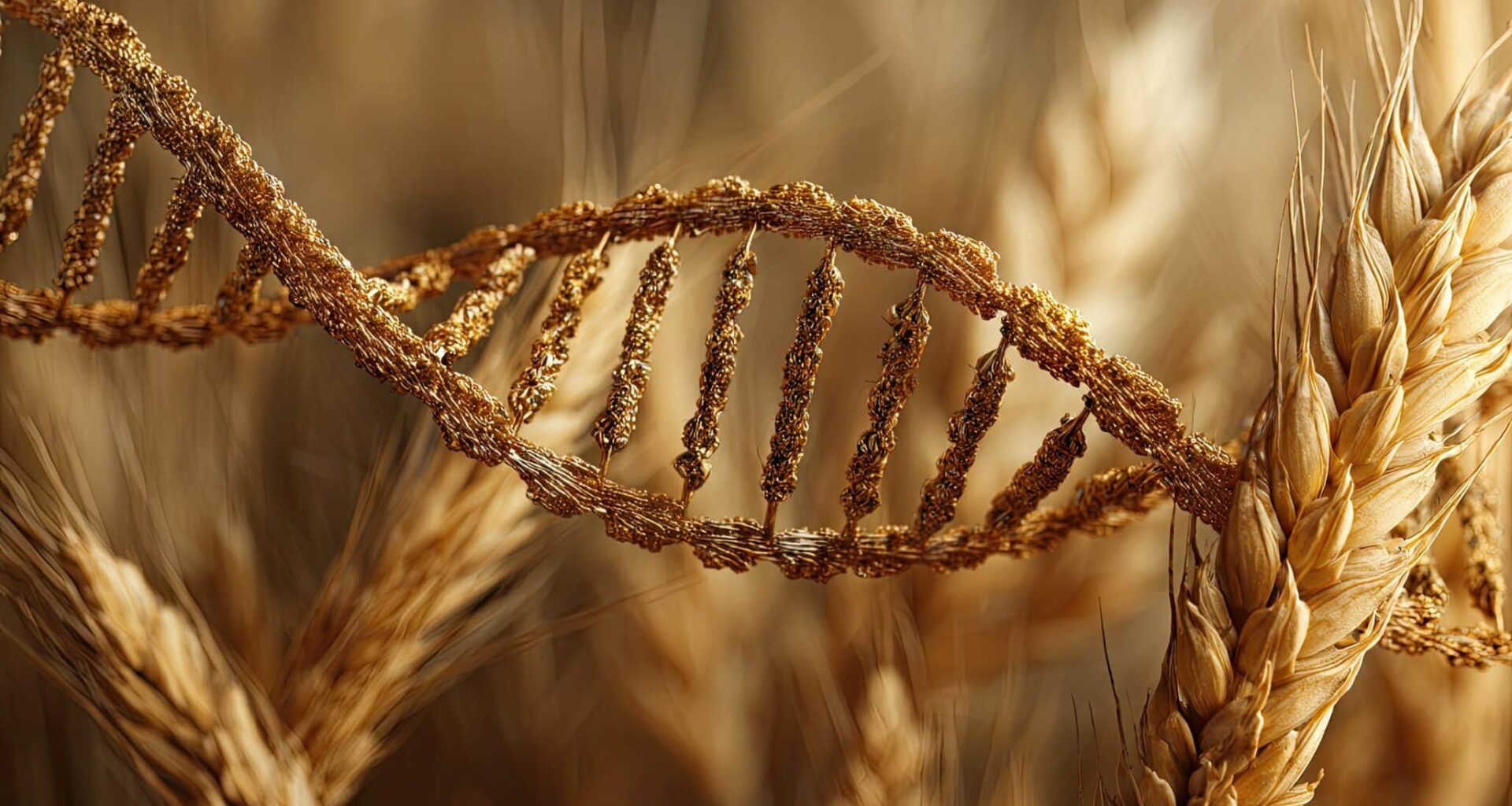Rothamsted scientists have revealed how a group of genes in wheat fine-tunes the plant’s growth and grain formation — a discovery that could help breeders develop higher-yielding varieties.
The research examined genes that control the production of gibberellins, the natural hormones responsible for plant growth. By studying seven versions of the GA3OX genes in bread wheat (Triticum aestivum), the team discovered that each plays a distinct role in determining both plant height and grain size.
Mutations in one group of genes, known as GA3OX2, caused wheat plants to become severely stunted and infertile due to extremely low gibberellin levels throughout the plant. In contrast, changes to GA3OX3 and GA1OX1 genes mainly altered gibberellin levels in developing grains. Mutations in GA3OX3 reduced hormone levels, resulting in smaller, lighter grains, while changes in GA1OX1 increased gibberellin levels, producing larger grains.
Interestingly, the study also found that genes affecting grain development can influence overall plant height, suggesting that gibberellins move between tissues more extensively than previously understood. Analysis of modern wheat varieties revealed that breeders have already, perhaps unintentionally, selected natural forms of these genes associated with larger grains, according to a press release.
The researchers — including two plant hormone specialists from the Czech Institute of Experimental Botany — say these findings open new opportunities for crop improvement. By tapping into natural genetic variation in hormone pathways, breeders could more precisely balance plant height and grain yield, a long-standing goal in agriculture.
“Our work shows how research into growth regulation pathways in wheat can guide the selection of gene variants that benefit farmers,” said Dr Stephen Pearce, a co-author of the study. “Decades of work on the gibberellin pathway led us to target these genes, which could now help develop wheat with bigger grains.”
